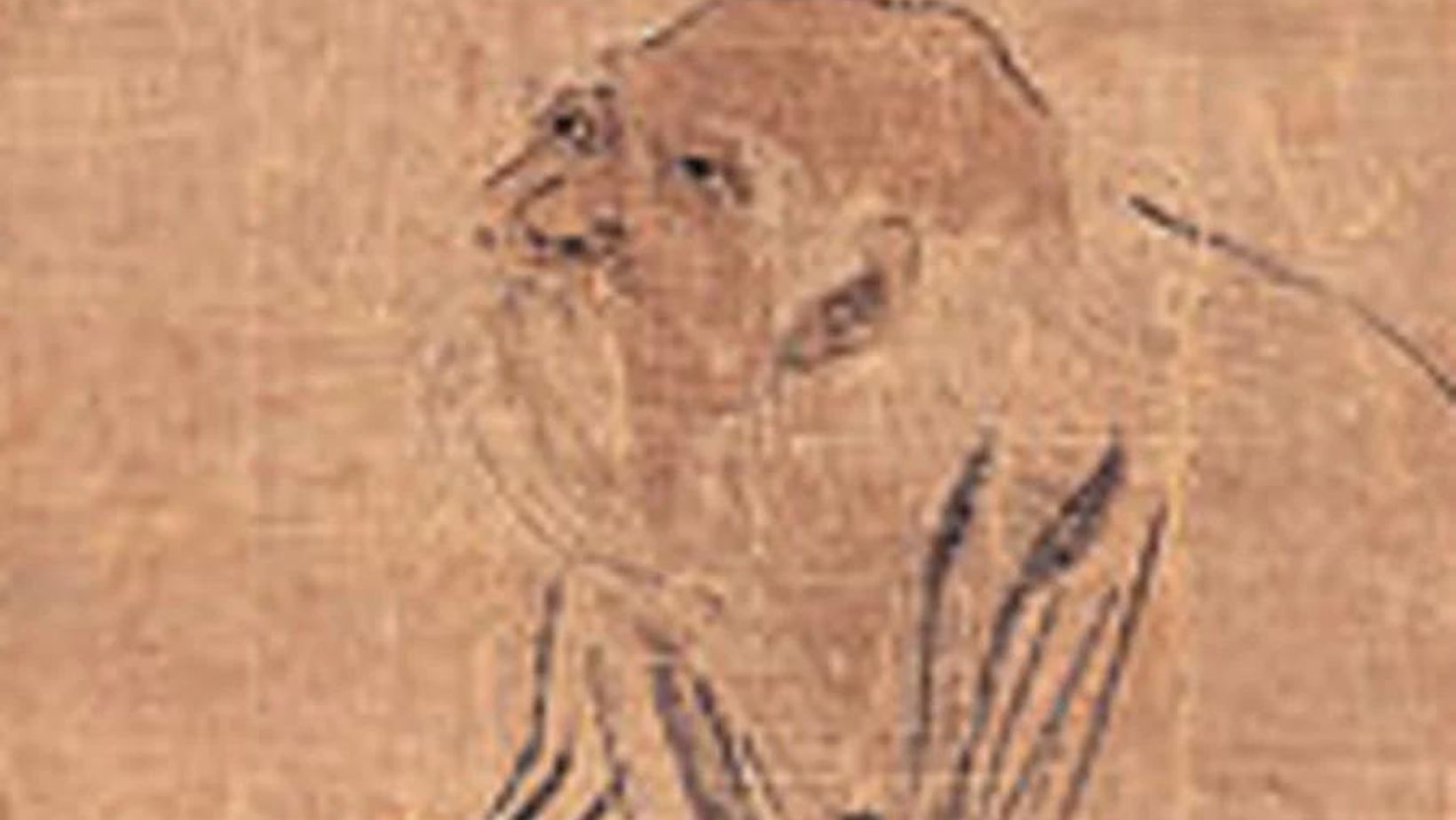The Tantalizing Taoist Paradox
In the relentless rhythms of the modern world, a constant demand for action, ambition, and advancement dominates our lives. As we endlessly strive for success, the idea of not trying seems counterintuitive, even absurd. But what if we have misunderstood the concept? What if ‘The Art of Not Trying’ is the secret key to a fulfilling life?
Buried deep within Taoist philosophy, a unique and somewhat paradoxical concept emerges—Wu Wei, also known as ‘The Art of Not Trying.’ Rather than promoting inaction or laziness, Wu Wei introduces the notion of ‘effortless action,’ or ‘non-doing.’ It encourages us to align with the natural flow of life instead of perpetually trying to mold the world according to our desires.
Unraveling the Mysteries of Wu Wei
The idea of Wu Wei is woven intricately into the fabric of Taoism, a spiritual and philosophical tradition originating in ancient China. This concept is not about idleness or indifference. Instead, it involves understanding the universe’s patterns, flowing with its rhythm, and acting in harmony with its natural course.
Aligning with the Universe
Underpinning the principle of Wu Wei is the belief that the universe follows a particular order—an innate rhythm. When we try to control, change, or dominate this rhythm, we disrupt the harmony, leading to discontent and suffering. By not trying, by simply ‘being,’ we can align ourselves with this universal flow, promoting balance and well-being.
Letting Go of Control
Wu Wei promotes the release of our futile attempts to control the world around us. Our obsession with categories, hierarchies, and labels often blinds us from seeing the fluid, interconnected nature of reality. By letting go of our preconceived notions and rigid frameworks, we can experience life in its fullness and beauty.
Non-Force and Spontaneity
At its heart, Wu Wei embodies the spirit of non-force. It is about responding spontaneously and intuitively to situations as they arise, rather than planning and forcing outcomes. This spontaneity is born from a deep understanding of the nature of things and a sensitivity to the subtleties of life.
Unearthing the True Meaning of Success
In today’s society, success is typically defined by wealth, power, fame, or accomplishment. But in the world of Taoism, success takes on a very different meaning. The Art of Not Trying encourages us to look inward for contentment, rather than outward for external validation.
The Folly of Relentless Pursuit
We are often caught in a relentless pursuit of ‘more’—more wealth, more success, more power. But this pursuit seldom brings the satisfaction we yearn for. Instead, it fuels a never-ending cycle of desire and discontent. Taoism invites us to step off this exhausting treadmill and find contentment within ourselves.
Living Authentically
The Art of Not Trying is about living authentically, guided by our inherent nature and intuition. It is about recognizing that we are part of a larger, interconnected whole and acting in tune with this larger reality. When we live authentically, we find a deep sense of fulfillment and peace that no external achievement can provide.
Embracing Imperfection
Taoism teaches us to embrace our imperfections and the imperfections of life. The desire to perfect ourselves or our lives is a source of great stress and unhappiness. But when we accept ourselves as we are, and life as it is, we find a profound sense of freedom and joy.
FAQs
- Does ‘The Art of Not Trying’ promote laziness or inaction? No. The Art of Not Trying or Wu Wei is not about inaction but about ‘effortless action.’ It involves aligning with the natural flow of life and responding intuitively to situations, rather than forcing outcomes.
- Can ‘The Art of Not Trying’ lead to success? Yes. However, success in the Taoist sense may differ from conventional definitions. It involves inner peace, contentment, and living authentically rather than accumulating wealth, power, or fame.
- How can I practice ‘The Art of Not Trying’? Practicing The Art of Not Trying involves becoming aware of the natural flow of life, letting go of the need to control, and responding spontaneously to situations. Mindfulness, meditation, and Tai Chi are some practices that can help cultivate Wu Wei.
Conclusion: Unleashing the Power of ‘The Art of Not Trying’
In the rush and bustle of modern life, ‘The Art of Not Trying’ presents a refreshing, radical, yet deeply wise perspective. It invites us to break free from the confines of our self-imposed cages and reconnect with the natural flow of life. This is not about resignation or defeat, but about a profound understanding of the universe’s rhythm and our place within it. As we stop trying to force, control, and resist, we unlock a new dimension of existence—one that is marked by serenity, balance, and a sense of deeply rooted joy. This is the enigmatic magic of ‘The Art of Not Trying’.
Quotes
- “Those who stand on tiptoes do not stand firmly. Those who rush ahead don’t get very far. Those who try to outshine others dim their own light.” – Lao Tzu
- “Do you want to rule the world and control it? I don’t think it can ever be done. The world is a sacred vessel and it can not be controlled.” – Lao Tzu
- “Follow the middle; go by what is constant, and you can stay in one piece, keep yourself alive, look after your parents, and live out your years.” – Zhuangzi
Resources
- Tao Te Ching by Lao Tzu: The Tao Te Ching is a fundamental text for both philosophical and religious Taoism. It provides wisdom on the natural flow of life and the essence of non-doing.
- Zhuangzi by Zhuang Zhou: Another essential Taoist text, the Zhuangzi, presents stories.

